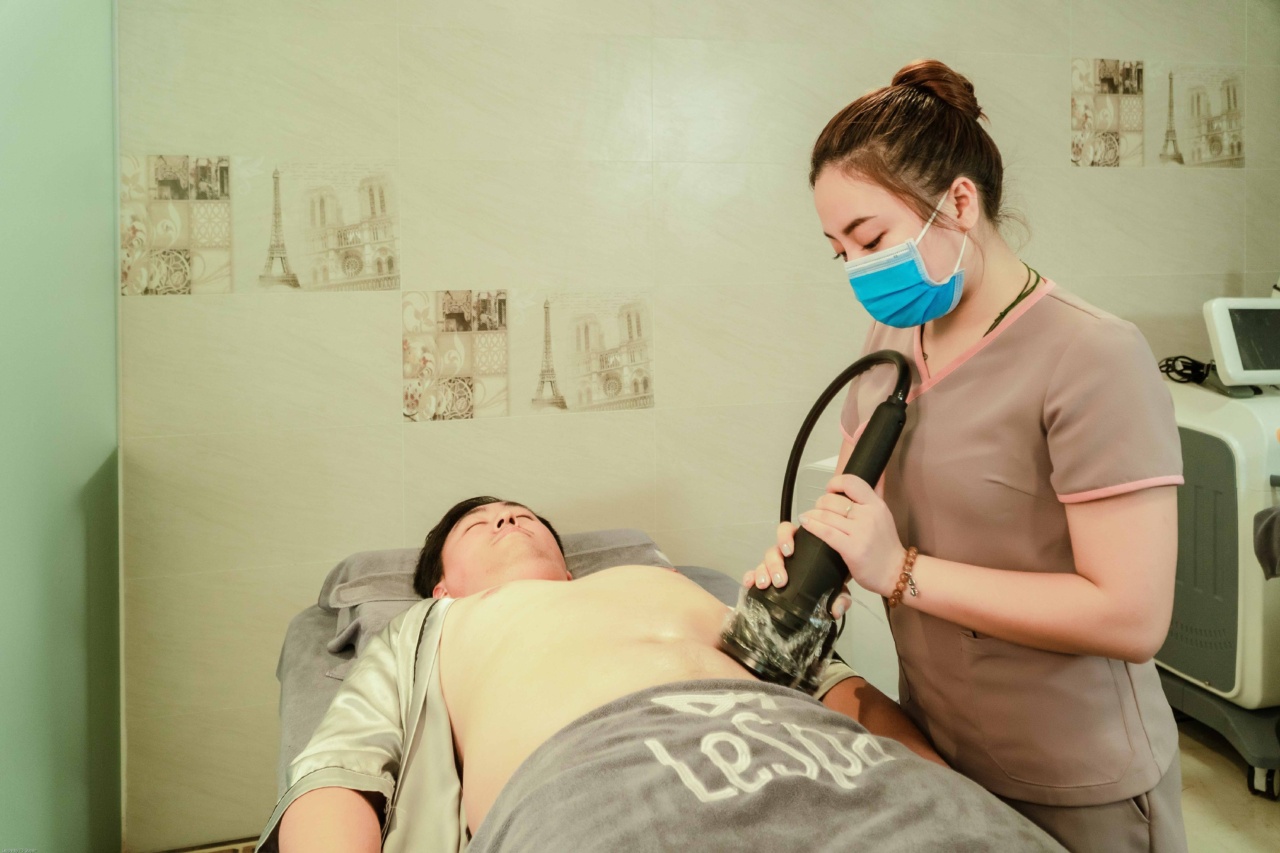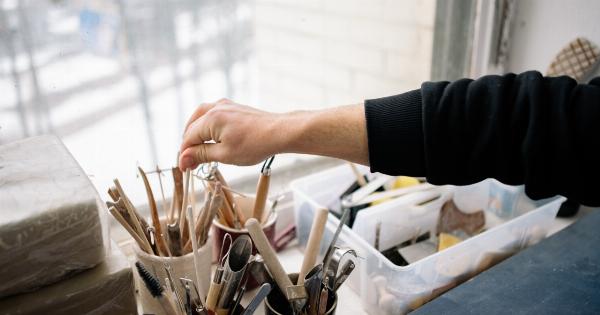A stent is a tiny mesh tube commonly used to treat narrow or weakened arteries in a medical procedure known as stent implantation. Traditional stents are typically made of metal alloys such as stainless steel or cobalt-chromium.
These metallic stents are durable and effective in supporting the narrowed vessels, but they come with some downsides. One major drawback of metal stents is that they remain in the arteries permanently, which can lead to long-term complications. To overcome this issue, biodegradable stents have emerged as a revolutionary technology in the field of artery treatment.
How do Biodegradable Stents Work?
Biodegradable stents, also known as bioresorbable stents, are designed to naturally dissolve and be absorbed by the body over time, eliminating the need for a second surgical procedure to remove them.
These stents are made from biocompatible materials that break down and gradually disappear once they have served their purpose of supporting the vessel. Common materials used in the construction of biodegradable stents include polylactic acid (PLA) and polyglycolic acid (PGA), both of which are substances that the body can easily metabolize.
The Advantages of Biodegradable Stent Implantation
Biodegradable stent implantation offers several advantages over the use of permanent metal stents:.
1. Elimination of Long-Term Complications
By biodegrading and disappearing over time, these stents eliminate the risk of long-term complications associated with permanent stents.
These complications may include in-stent restenosis (re-narrowing of the artery), thrombosis (clot formation), or stent fracture.
2. Restoration of Natural Artery Function
As the biodegradable stent dissolves, the artery can return to its natural functioning state. It can expand and contract as needed, adjusting to blood flow demands during physical activities.
This restoration of natural artery function reduces the risk of future cardiovascular events.
3. Improving Imaging Techniques
Unlike metal stents, biodegradable stents do not interfere with imaging tests, such as X-rays, computed tomography (CT) scans, or magnetic resonance imaging (MRI). This allows for better monitoring of the treated artery.
4. Reducing the Need for Repeat Procedures
Since biodegradable stents naturally degrade, they eliminate the need for a second surgical procedure to remove a permanent metal stent, reducing healthcare costs and patient inconvenience.
Current Applications of Biodegradable Stents
Biodegradable stents are primarily used in the treatment of coronary artery disease, where plaque buildup narrows the arteries supplying blood to the heart muscle.
They can be implanted during a procedure called percutaneous coronary intervention (PCI) or angioplasty. Biodegradable stents slowly provide mechanical support to the vessel, preventing it from collapsing or re-narrowing while the vessel heals and remodels itself.
Future Possibilities and Challenges
The field of biodegradable stent technology is constantly evolving.
Researchers are exploring ways to enhance the mechanical properties and biodegradation rates of stents, as well as seeking new materials to further improve their safety and effectiveness.
Conclusion
Biodegradable stents have revolutionized artery treatment by providing a temporary solution to arterial narrowing without the long-term complications associated with permanent metal stents.
These stents degrade over time, allowing the artery to resume its natural function and eliminating the need for additional surgical procedures. While more research is needed to optimize biodegradable stent technology, the future looks promising for this innovative approach to artery treatment.


























